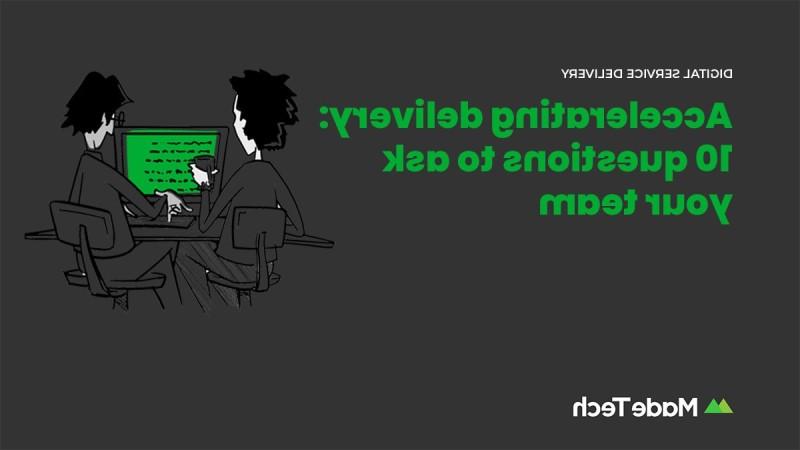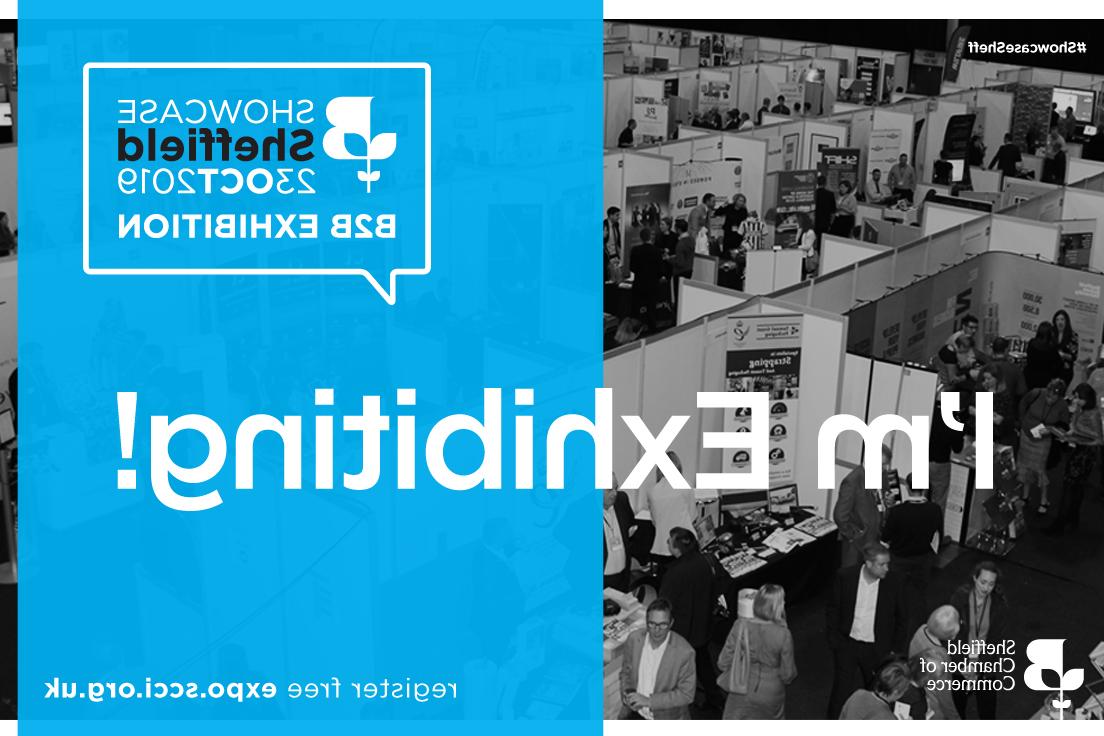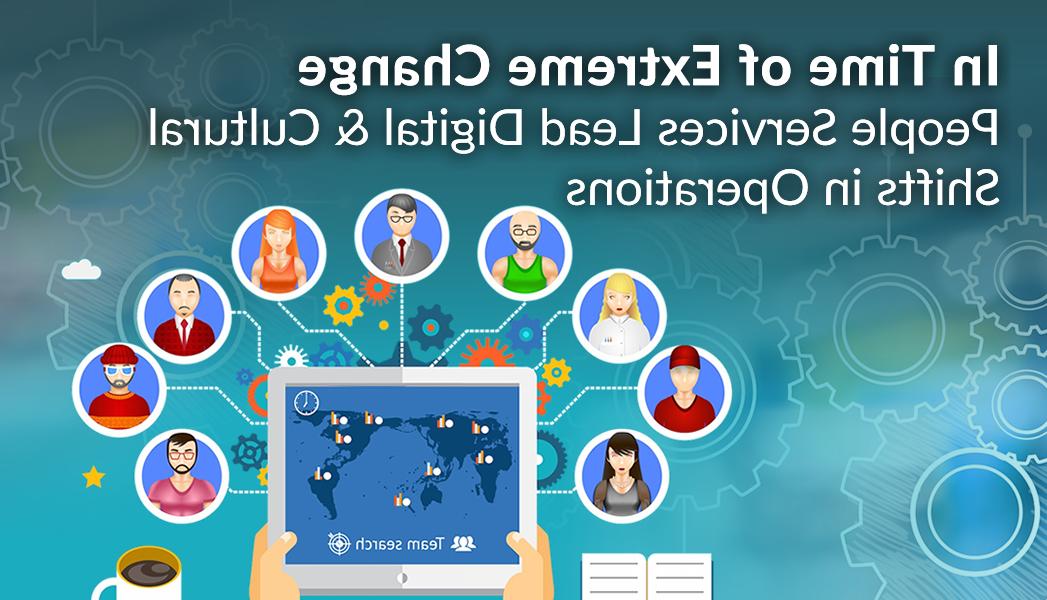
If you work in digital in the public sector, you’re probably aware of accelerated delivery. It helps to build projects faster, more efficiently, and with reduced risk.
If your team is new to delivery at pace, we’ve outlined 10 questions to ask yourself and your team to make sure you’re set up for success. But first, here’s a quick recap of the benefits:
- 你的团队会更早、更频繁地学习, putting them in a better position to get value out regularly, 并以他们的知识为基础, 专业知识, 和信心. It also creates a safe environment for teams to learn, experiment and trial things to create well-rounded, 多样化的产品.
- You won’t need to rework things that don’t fulfil user needs because you’ll be using the right feedback and data to make decisions that increase the chances of creating the right product the first time round.
- You’ll be able to narrow your focus onto the most important problems and priorities based on value instead of trying to resolve several priorities at once, which will reduce the chances of success.
- You’ll be able to pivot more quickly at times when the data and feedback shows something’s not working as expected, 让你更快进入市场, 以及更早的投资回报.
下面是10个问题…
1. 我们理解这个问题了吗?
It’s a good idea to face the right way before stepping on the accelerator. The end problem you’re trying to solve is key. This question must be answered early, and an effective discovery phase will do that.
整个团队, 包括管理人员和行政人员, should be aligned on the problem and its impact and risk.
Once the problem is fully understood and articulated clearly from the users’ perspective, your team can innovate with different ideas and options to solve it.
例如, you could carry out a product workshop focusing on the needs and pain points of the target users so everyone’s aligned, whether it’s at the start or even further down the line. This way you can circle back on your vision so you know it’s still accurate.
2. 我们了解我们的用户吗?
了解你的用户, the impact of the problem and its potential solutions on their lives, 是至关重要的. It lays the foundation for looking at designs and prototypes with a critical eye, while answering “have we built the right thing, 以正确的方式?”
例如, your team can listen in and participate in some of the user research, 亲眼看到,亲耳听到, which will help close the gap between users and and problem solvers.
This way teams can prioritise quicker by having a shared understanding of users’ needs and the impact the things you’re building have in their lives.
3. 我们被授权了吗??
To solve problems, your team must have trust in the leadership to accelerate delivery. A lack may mean that groundwork is needed.
This means removing overbearing governance so teams can work out how to best solve problems. Governance structures that allow for problems to be surfaced safely and let teams solve them are the ones most able to adopt agile and lean ways of working.
作为领导者, your goal should foster good working relationships within the team, and with outside departments and organisations, to provide them with the right platform for successful delivery.
4. 我们是自主的吗??
Can the team put the tools and processes it needs in place by itself? It might be the 自由 to switch from Scrum- to Kanban-based workflows, or from story pointing to t-shirt sizing user stories.
作为一个组织, 当然, you should have a sensible and appropriate set of defaults, 一定程度的一致性, and standard notation where it makes sense. But if a team wants to experiment they need to be allowed and able to do so.
Retrospectives are a key forum for this. They should be driving changes in the process as often as needed. An autonomy here applies to a couple of things: it applies to ways of working but also to the thing they’re building.
你的团队有这样的空间吗, 自由, flexibility and the support needed to be autonomous in arriving at the best way to tackle a problem?
This is critical because getting leadership to provide them with what they need will in turn help them to move blockers and clear a path forward for them, and enables a successfully accelerated delivery.
5. 是否有合适的人参与?
Are the right people in the room (or, increasingly, in the Zoom)? Though it’s tempting to include only design and product people in the early phases, it’s best to assemble a multi-disciplinary team.
Including technology people and subject matter experts means a range of perspectives are taken into account, as well as helping to identify what’s possible, 然后降低风险. It also helps people in all roles build context and understanding of the product, 交付的问题和目标.
Define who should be at meetings, why, what value they’ll bring and gain, and what their role is. 一旦这个建立起来, aim to get the team excited as well as positive and engaged from the start, and strive to make sure this energy is present throughout the delivery process.
Cohesion from the start stops the delivery from stuttering throughout when you might need to get people on board, 了解其他约束条件.
6. 我们合作得如何?
By building multi-disciplinary teams around the projects being worked on, and removing as many barriers to communication and collaboration between designers and developers as possible, you can reduce iteration cycles from days or even weeks down to mere hours.
This could be a longer term goal for those teams who are at the early stages of their journey or new to this level of collaboration.
These days with many being remote, we need to think about collaboration differently. We need to make sure people have a sustainable amount of time to do things in the right way.
It can be more intense but you should mitigate this by making sure people can take regular breaks and still have their individual brainstorming time.
There are a range of tools out there like Figma, 草图, and other rich prototype tools out there that can help teams collaborate remotely.
7. 我们是多样化的吗??
The more diverse your team, the more experience it can draw on. 这意味着人口统计学, backgrounds and experience – all essential to bringing different perspectives and reducing bias.
It’s equally important in your personas and user groups to make sure your products address the needs of all users rather than some.
8. 我们的迭代速度有多快?
Rapid iterations are central to accelerated delivery. Automated deployment and testing can significantly shorten release cycles.
例如, 与之前的团队合作, we explored a few different testing strategies and managed to automate the whole test suite. We had no manual tests apart from some basic visual and sanity checks, and every change would run through these. Once all of the tests were successful we would deploy to production and go live, and this happened multiple times a day, which helped us to get things out quickly.
Gathering data in as close to real-time as possible helps you iterate quickly, 而且方向是正确的. By demonstrating that rapid release cycles are possible, you can build trust in your organisation that accelerated delivery is the right approach for more substantial projects.
9. 我们是否朝着同一个目标努力?
Design teams working ahead of a dev team can create a false economy. 创建交接, along with the back and forth around briefs that that entails, 是重复努力的秘诀吗.
Remember the goal here is to minimise rework and reduce waste so you can deliver value faster, and you’ll be in a better place to achieve this if everyone receives the same brief and context, 解决同样的问题, 同时, 一起计划和确定目标.
例如, 这看起来就像在表演单口相声, 规划, 细化, showcases and retros all together so you’re a fully multi-disciplined, 跨职能团队.
10. When can new joiners start to contribute?
Making sure new team members are productive from day one is about more than productivity – it makes them feel valued, 并定下正确的基调.
This means having the right information available at the right time, getting people started and getting onboarded efficiently and effectively.
When new joiners struggle to contribute, it may be a sign that better ways of working are possible. 例如, you could break up projects into small tasks and encourage others on the team to work with new joiners to get them off to the best start.
It’s about creating an environment where everyone can make a valuable contribution to the progress of the delivery. Plus you get the added benefit of avoiding knowledge silos which reduce the risk of institutional knowledge loss when someone leaves.
我们是来帮忙的
This is not so much about the tools or even process to achieve accelerated delivery. It’s about creating a positive working culture – one in which your team is empowered to make decisions, and feels the safety and 自由 to experiment, 公开交流, and in which the value of ongoing focus and feedback are clear.
Whether it’s laying the cultural foundations, or identifying the right tools and process for your organisation, 我们是来帮忙的. If you’re interested in learning more about introducing or improving accelerated delivery in your team, 请 保持联系 通过我们的网站,或 在领英上联系我. 或者,了解更多十大网博靠谱平台 数码服务交付 来自Made Tech.








